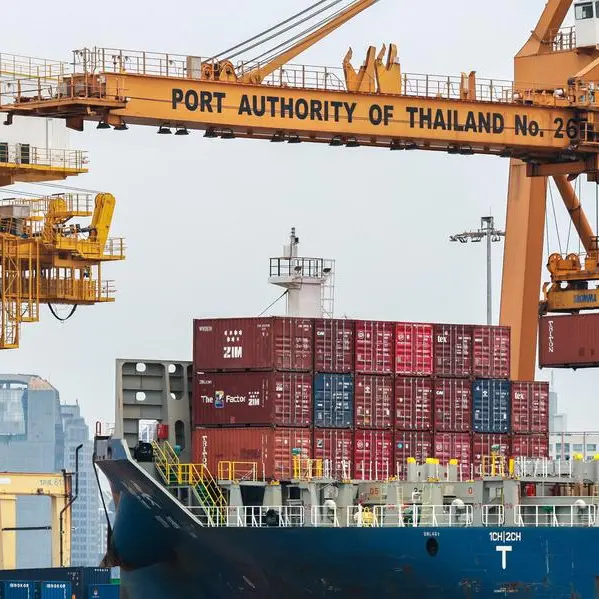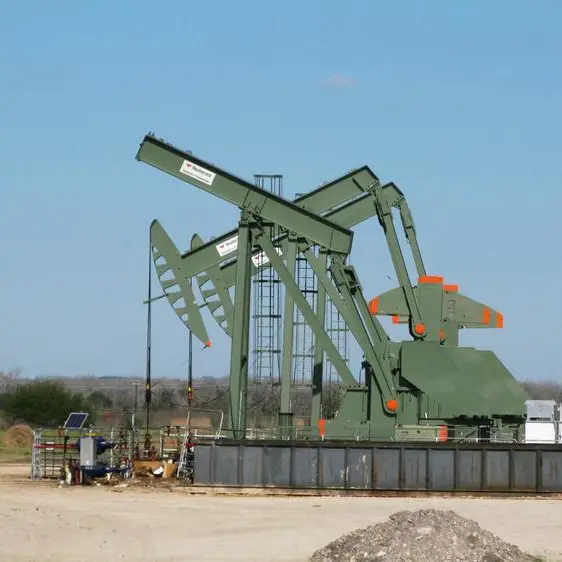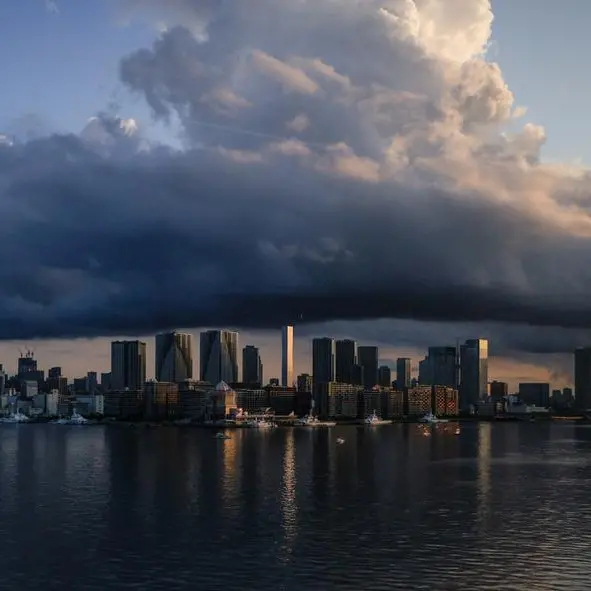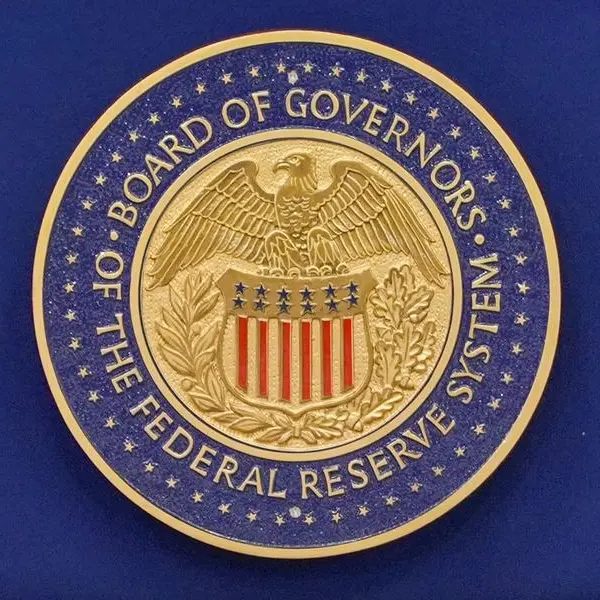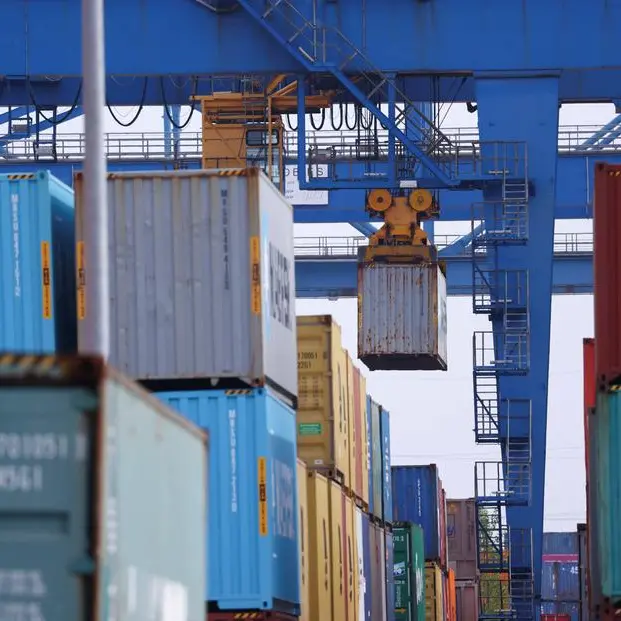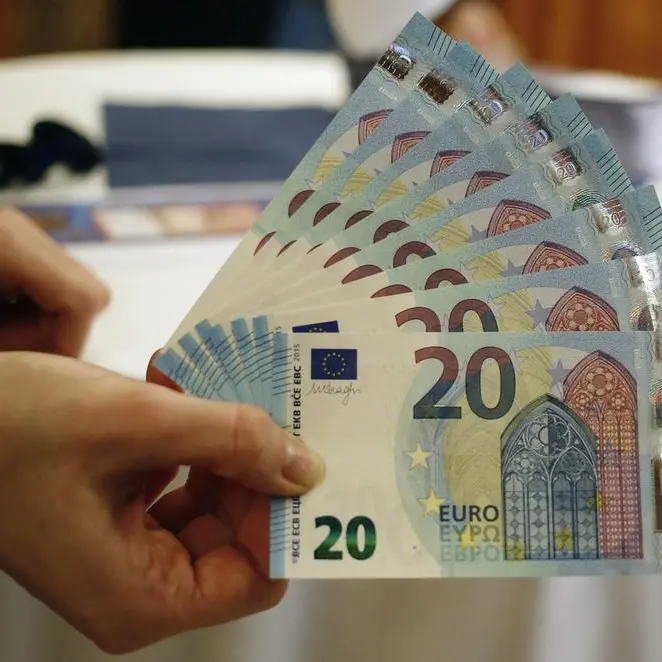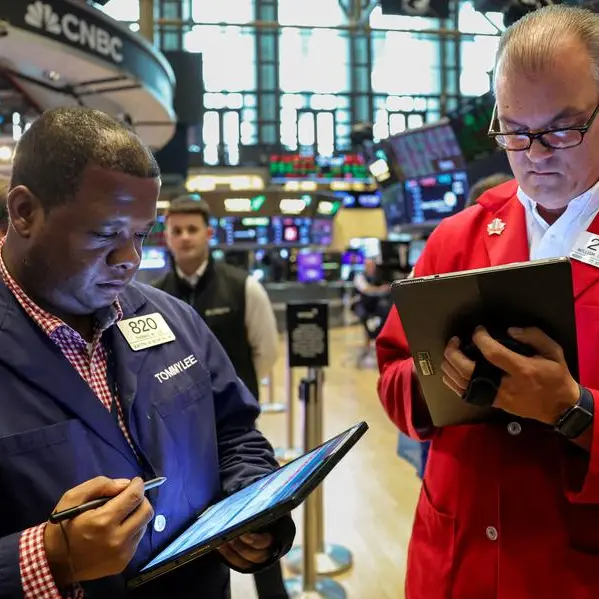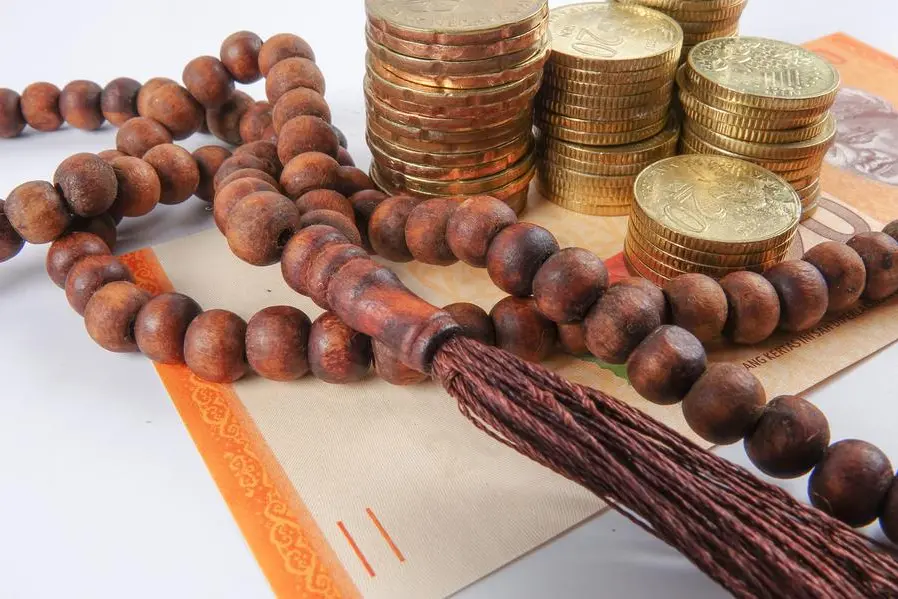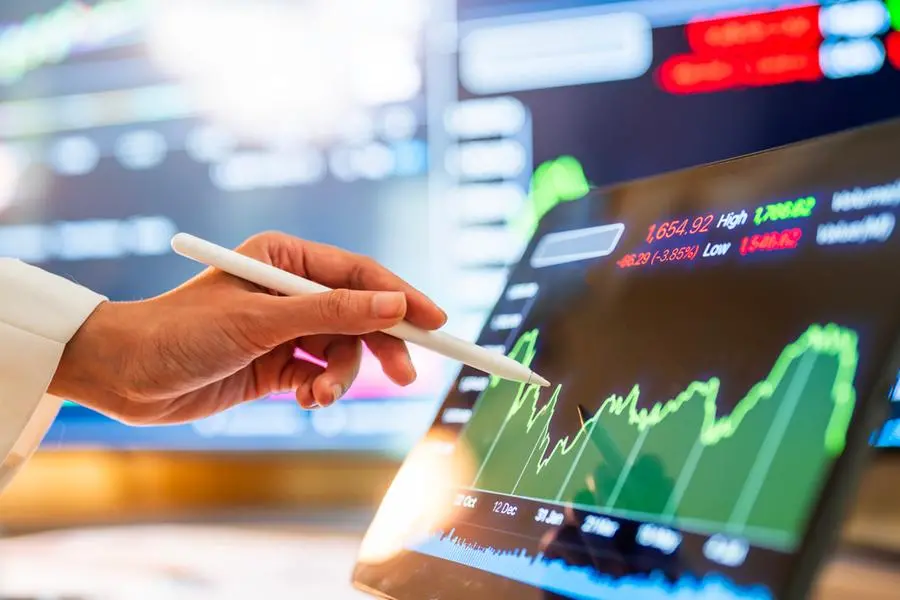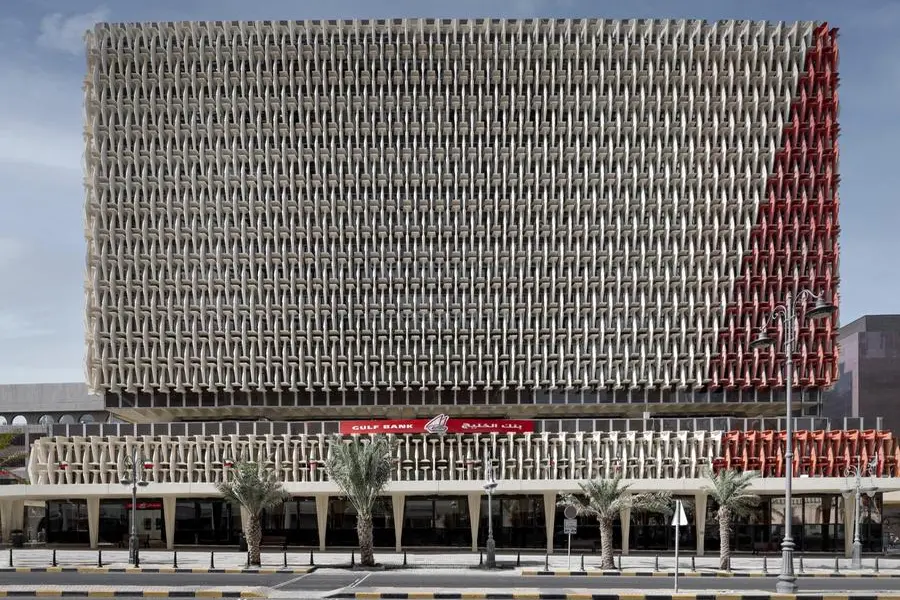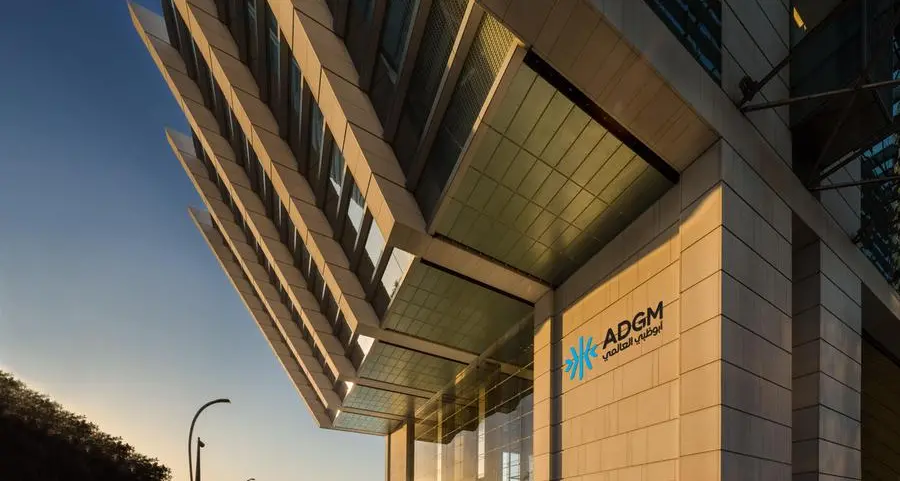PHOTO
FILE PHOTO: A man walks along a wall overlooking the central Mumbai's financial district skyline, India, March 9, 2017. REUTERS/Danish Siddiqui.
(The opinions expressed here are those of the author, a columnist for Reuters.)
ORLANDO, Florida - The era of 'U.S. exceptionalism' may be over – and with it the Washington-led world economic and financial order of the last 50 years. This leaves investors with a big question, how will this reshape capital flows?
The most obvious destination is Europe, home to the world's second-largest economy and second-biggest reserve currency, where markets are deep and liquid and the rule of law reigns supreme.
The so-called 'Global South' may seem less attractive. Its 100-plus disparate countries, excluding China, carry the typical smorgasbord of emerging market risks, including political instability, legal concerns and policymaking credibility.
But the global economic and investment landscape is changing rapidly and perhaps irrevocably, and investors may be skittish about once again finding themselves over-concentrated in any one region. Investors with long-term horizons and high risk thresholds may therefore increasingly consider boosting their allocations to this enormous and varied 'bloc'.
These countries have long punched below their financial market weight. But could they be poised to benefit from a global capital reallocation shift?
That's among the findings in a report published last week by Deutsche Bank strategists, 'The Global South: A strategic approach to the world's fourth bloc'.
"The time for the Global South is now," states the report, which broadly defines the bloc as the 134 member countries of the G77 group of nations, excluding China, Russia, Singapore and a few others, adding in Mexico, Turkey and some central Asian countries.
Some numbers here are worth noting. The group is home to almost two-thirds of the world's working age population, produces 40% of the world's energy and key transition metals, accounts for a quarter of global trade, and has attracted nearly a quarter of all inward FDI over the past decade.
Indeed, the Boston Consulting Group says foreign direct investment in the Global South in 2023 totaled $525 billion, surpassing FDI into advanced economies of $464 billion.
And while it is far too early to say how countries will align politically, economically, or militarily in the years ahead, there are already signs of rotation of capital into the Global South and away from China. Deutsche Bank's report notes that foreign investment into the Global South has held relatively steady in recent years while flows into China have collapsed to near zero.
DIVERSIFICATION AND VALUE GENERATION
China's economic rise in recent decades has been one of the most astonishing in human history. In 1990, China accounted for only 2% of developed economies' GDP. By 2021 that figure had reached 33%, almost matching the Global South's then share.
But China's growth rates have stalled, especially since the pandemic. The International Monetary Fund forecasts China's share of advanced economies' GDP will end this decade around 35%, while the Global South's share will rise to a new high of 40%.
"In the event the U.S. trade war remains concentrated against China, the Global South could evolve into ... a source of diversification and value generation for investors," Deutsche Bank's analysts argue.
From an equity allocation perspective, there is a lot of space to grow. The Global South made up a mere 11% of global market capitalization at the end of last year, with two countries - India and Saudi Arabia - accounting for more than half this share. If the dominance of U.S. equities wanes - they currently make up more than 70% of global market cap - even a tiny reallocation to this group could have a big impact on valuations in these countries.
The risks, however, are manifold and many were on display during the market turbulence sparked by U.S. President Donald Trump's tariffs. Figures released by the Institute of International Finance last week showed that portfolio flows to emerging markets came to a "standstill" in April.
While the Trump administration is rolling back its initial plan to slap enormous tariffs on much of South East Asia, investors may still be anxious about plowing too much capital into countries that could yet get caught in the U.S. crosshairs.
"The current environment differs fundamentally from past episodes. This is not an exogenous shock but a deliberate policy action with structural objectives. As a result, the scope for rapid normalization is limited," the IIF said.
But what really matters here are not "rapid" moves, but the structural changes in the global economy that the U.S. administration's unorthodox policies may have catalyzed.
It's good to remember that Chinese exports to 'conductor economies' in the Global South have doubled since the Trump's first trade war in 2018. Given how unreliable the US now appears, it is reasonable to assume that both China and Europe may be seeking to further diversify their export markets.
So perhaps the time is not 'now' for the Global South, but it could be coming soon.
(The opinions expressed here are those of the author, a columnist for Reuters)
(By Jamie McGeever; Editing by Kirsten Donovan)
Reuters

